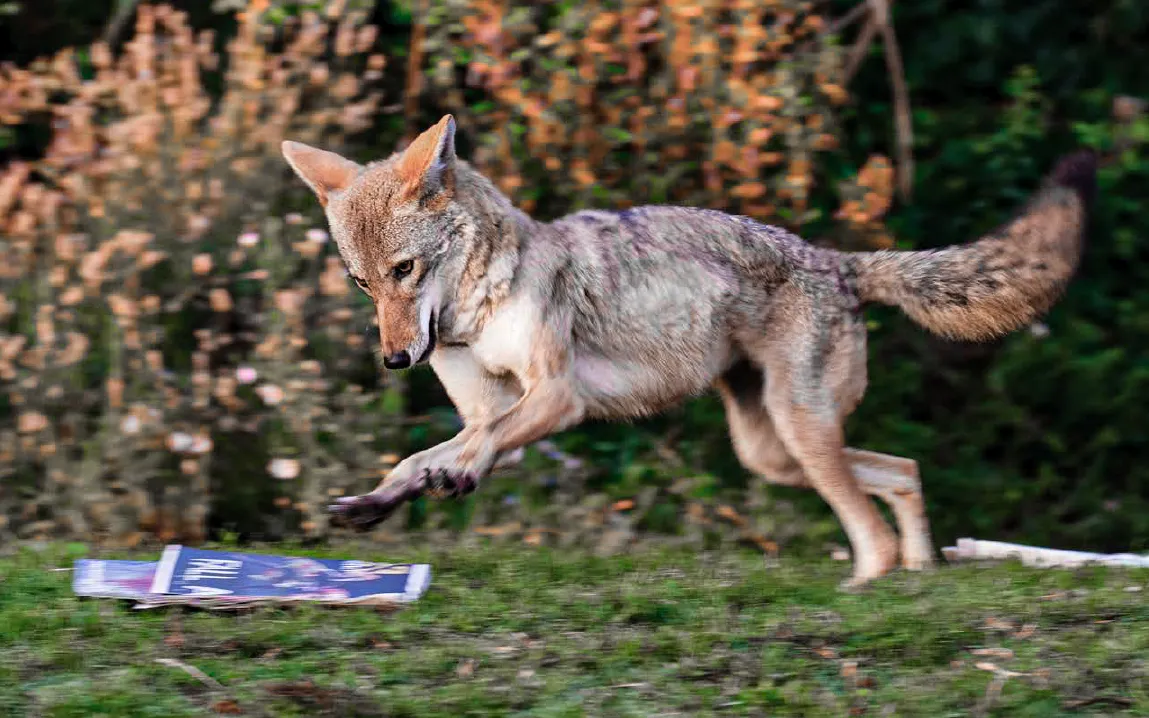From squirrels in cities to dolphins around power plants, animals everywhere are learning to coexist with humans in ways that are at once fascinating and frightening. The phenomenon of wildlife adapting to city life has a term: synurbization. And it’s not only survival, it’s also altering behaviors, evolving diets, and even new inter-species connections that define the contemporary world.
A Long History of Coexistence
Way before the existence of skyscrapers and highways, the world was co-inhabited by humans and animals. The nomadic hunter-gatherer subsisted on wildlife for sustenance, friendship, and protection. Everything dramatically shifted about 10,000 years ago during the agricultural revolution. Humans started domesticating such animals as cows, chickens, dogs, cats, and so forth, and these altered the course of their evolution to conform to our needs. These animals gradually became very different from their original wild form.
Now, with urbanization spreading rapidly, wildlife faces a new challenge: surviving in dense, human-dominated spaces.
According to the United Nations, by 2050, nearly 68% of the global population will live in cities. While cities are often viewed as human spaces, that’s far from the full picture. In reality, animals are still here that are adapting, thriving, and sometimes struggling to share space with us.
The Urban Animal Revolution
Foxes, squirrels, raccoons, badgers, and even leopards have found ways to make cities their homes. In fact, foxes have been identified in ancient urban centers like Uruk and Jericho, believed to be among the world’s earliest cities.
This ancient cohabitation has evolved into something more complex today. Cities are now ecological battlegrounds where only the most adaptable animals survive. And as forests are cleared and habitats shrink, the number of animals choosing urban life continues to rise.
What Is Synurbization?
Synurbization is the process by which animals evolve and adapt to grow in urban environments. Animals that do this successfully are known as synanthropic species.
Common traits among synanthropic animals include:
- Higher population densities
- More aggressive behavior toward members of their own species
- Flexible, generalist diets (often including human food waste)
Unlike domesticated pets, these animals aren’t cared for by humans and are often viewed as pests. Still, they’re here to stay and in some cases, they’re outcompeting their rural counterparts.
Examples Around the World
- Squirrels in Europe and North America are now more common in cities than forests.
- Barcelona’s wild boars have made headlines for causing chaos in urban neighborhoods; even pop star Shakira had an unfortunate encounter.
- In Mumbai, leopards creep closer into the city, where they have been known to attack people. But they also help control stray dog populations, which spread rabies and other diseases.
Other surprising cases include
- Dolphins in industrial waterways have adapted to warmer water around power stations.
- Manatees in Florida also rely on these warm waters, so much so that their migratory patterns have changed, potentially leaving them vulnerable as fossil-fuel plants shut down.
- Even elephants are now showing signs of urban adaptation.
Birds, Bins, and Bats
Birds are perhaps the most visible urban adapters. City skies across Australia, Europe, and Asia are full of:
- Pigeons
- Ibis (sometimes called “bin chickens”)
- Cockatoos (famous for opening trash bins)
- Flying foxes (massive bat colonies)
But not all birds play well with others. The noisy miner, for example, is known for aggressively pushing out other bird species, dominating suburban soundscapes.
Ethical Dilemmas and Public Health Risks
Environmental anthropologist Dr. Gillian Paxton from James Cook University says synurbization raises serious ethical questions.
“Do we just say, ‘Yes, the noisy miner is a crappy, imperialistic bird. It deserves to be culled’? Or do we find ways to coexist?” she asks.
There’s also the matter of public health. Urban wildlife has been linked to the rise of zoonotic diseases(illnesses that jump from animals to humans). The bubonic plague, caused by rats and fleas, is one historic example.
Living With, Not Just Alongside, Animals
Rather than culling or relocating animals, experts argue for creative coexistence.
“We need to redesign cities to be more wildlife-friendly,” Dr. Paxton says. “Living together is more active than simply tolerating their presence. It’s about cooperation.”
Some promising examples:
- Utrecht, Netherlands uses cameras and internet-connected buttons at canal locks to help fish reach breeding grounds, a “doorbell for fish.”
- In Australia, scientists are trying to accelerate the evolution of bilbies to better survive attacks from invasive feral cats.
- Florida may soon build publicly funded hot springs for manatees as their artificial warm-water habitats disappear.
Even small steps can make a big difference. Covering garbage, for example, can significantly reduce urban ibis numbers.
A Shared Future
The line between wild and urban isn’t as clear as we think. Some people have started treating urban wildlife as resources, even food, as seen during the recent cost-of-living crisis.
Meanwhile, nuclear disasters like Fukushima have shown how fragile some animal-human adaptations are, as dolphins drawn to warm waters there were exposed to harmful radiation.
Despite these dangers, there’s hope. As Dr. Paxton says:
“We’ve always believed nature should be left untouched, but you can help by doing small things.”
Ultimately, if urbanization continues, we must move beyond tolerance toward cooperation. Wildlife is adapting faster than ever. The question is — can we?



